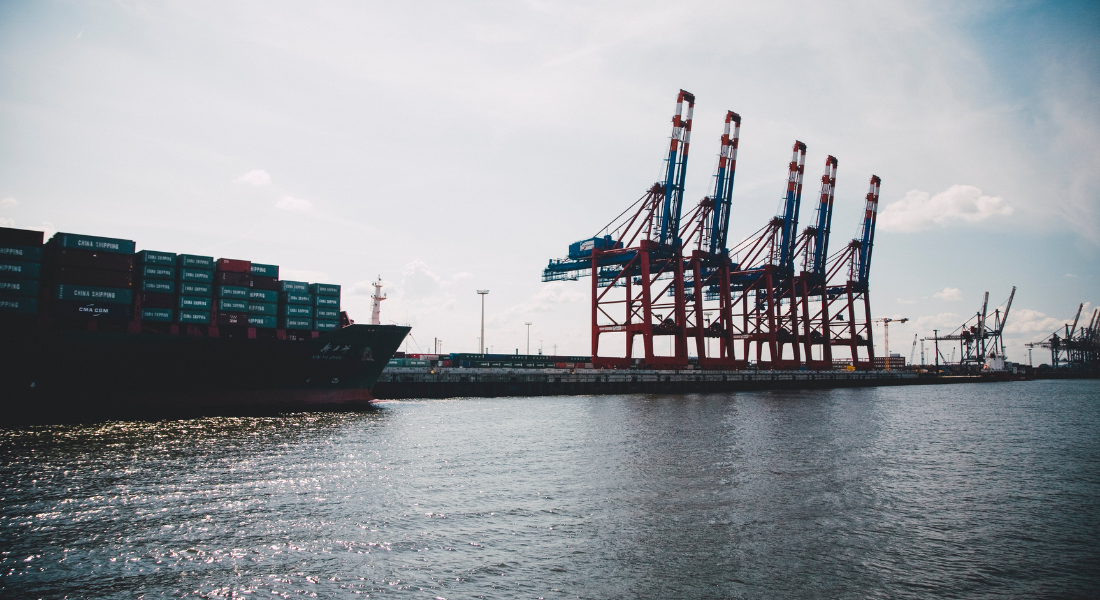Consider new strategies for managing costs and protecting margins in an unprecedented price environment
In response to high commodity prices and the risk of further price increases, firms should explore a variety of strategies for managing costs and protecting margins. These include: reducing supply chain inefficiencies, such as packaging optimization to lower shipping costs; utilizing hedging strategies, including commodities options and longer-term shipping contracts; exploring input substitutions where possible; and shifting product offerings toward higher-margin goods. Companies should approach decisions to pass costs through to customers carefully, taking into account burgeoning inflationary pressures around the world and customers’ increasing price sensitivity.

Overview
Across a variety of commodities and inputs, cost pressures are set to remain high through the first half of the year. Prices for some inputs, especially agricultural commodities (including corn, wheat, and soybeans), oil, and shipping, will likely remain high for the majority of the year and potentially into 2023. Recently, geopolitical tensions between Russia and the West over Ukraine have pushed up prices for oil, natural gas, aluminum, and some agricultural commodities. Amid already-tight supply and strong global demand for these inputs, there is considerable risk of further price increases in the near term as tensions continue and traders price in expectations of potential supply interruptions.
Our View
Global container shipping snags are likely to continue through most of 2022, as the logistics industry still struggles to adjust to an unprecedented increase in global merchandise trade flows since mid-2020. Despite recent declines in certain metrics of shipping pressures, including port backlogs, container shipping price measures continue to climb to new highs. Prices will likely begin to ease later this year, but we do not expect a return to pre-pandemic rates in 2022.
Since January, our oil price expectations have been updated to reflect high upside price risk in Q1 and Q2 2022. As the global Omicron wave has been milder than feared last December, expectations for global oil consumption have jumped, while supply remains tight. Even under the likely event of a renewed Iran nuclear deal, prices are set to remain high for the rest of the year. Overall, we forecast Brent oil prices to average US$ 85 per barrel in 2022. Natural gas continues to face strong near-term price pressures due to Europe’s tenuous supply outlook in the last few weeks of winter, exacerbated by near-term volatility amid tensions over Ukraine and Germany’s cancellation of the Nord Stream 2 pipeline.
Most agricultural commodities are also set for further price increases in H1 2022, due to supply disruptions in key exporters such as Brazil and Argentina, concerns about potential production declines in Ukraine (especially for wheat and vegetable oils) in the event of further Russian incursions, and low harvest expectations for this year’s planting cycles due to fertilizer shortages and high farming input costs.
At FrontierView, our mission is to help our clients grow and win in their most important markets. We are excited to share that FiscalNote, a leading technology provider of global policy and market intelligence has acquired FrontierView. We will continue to cover issues and topics driving growth in your business, while fully leveraging FiscalNote’s portfolio within the global risk, ESG, and geopolitical advisory product suite.
Subscribe to our weekly newsletter The Lens published by our Global Economics and Scenarios team which highlights high-impact developments and trends for business professionals. For full access to our offerings, start your free trial today and download our complimentary mobile app, available on iOS and Android.

